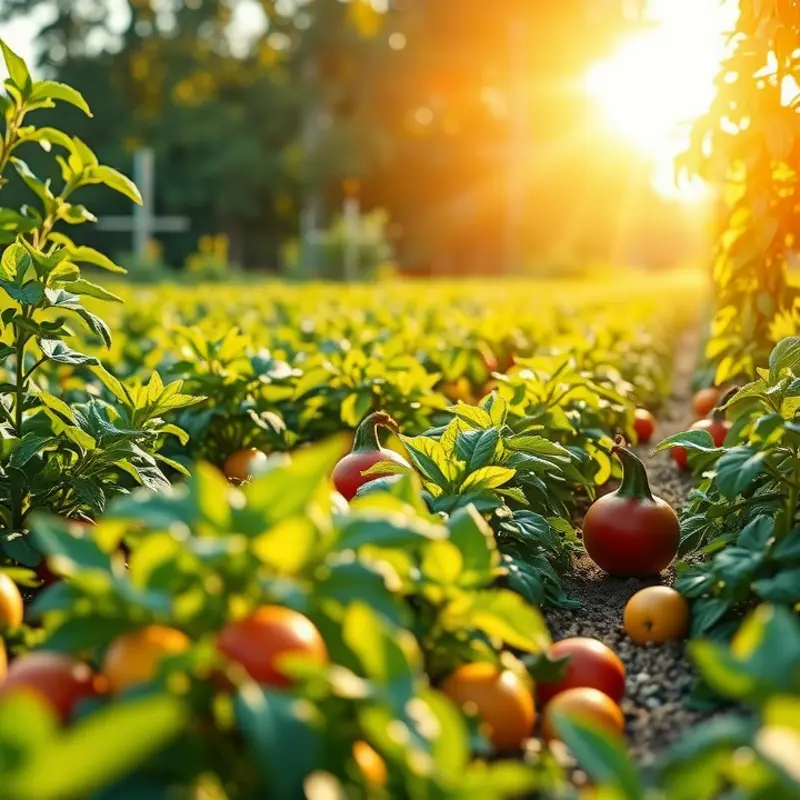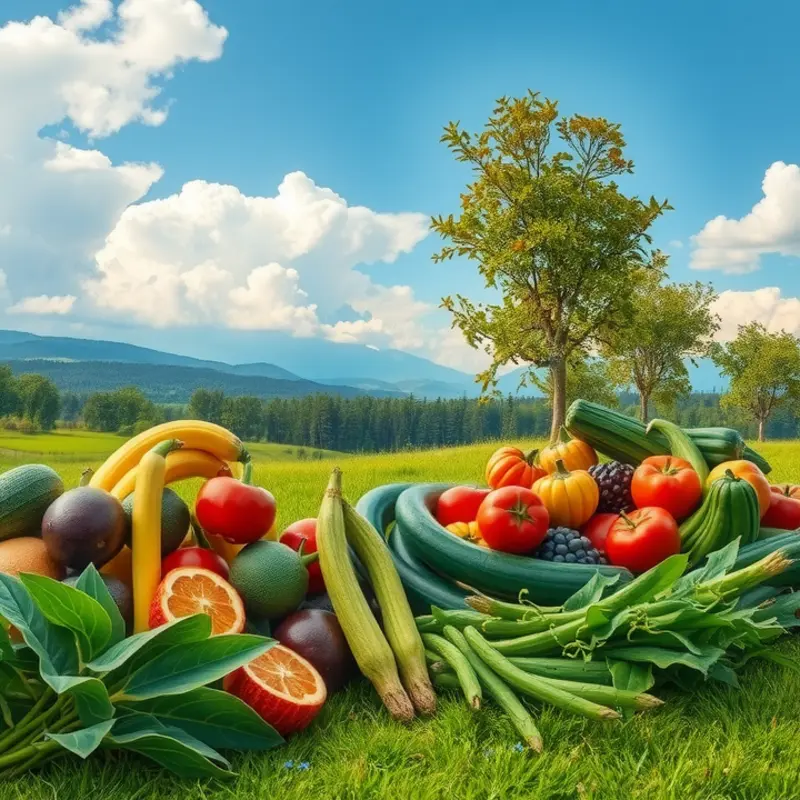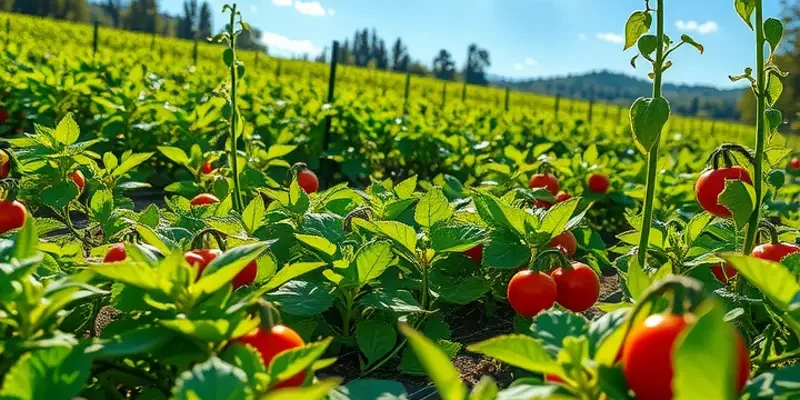Freezing food is a fantastic way to extend its shelf life, prevent waste, and ensure you always have a meal ready at hand. However, knowing how to freeze food properly and safely can make all the difference in preserving its flavor, texture, and nutritional value. With the right techniques, you can streamline your food storage practices and turn your freezer into an efficient ally in your kitchen.
Preparing Your Food for the Freezer

Freezing food effectively extends its shelf life and minimizes waste. Achieving this requires proper preparation, crucial across all food types. Let’s explore essential steps to prepare vegetables, meats, and other common freezer-friendly items for optimal results.
Cleaning and Chopping
Ensuring your ingredients are clean is the first step. For vegetables and fruits, wash thoroughly under cold water to remove dirt and pesticides. This step is crucial for maintaining cleanliness and preventing spoilage.
Chopping food into appropriate sizes promotes even freezing and eases cooking later. Vegetables should be cut into pieces or slices suitable for their intended use, while fruits can be halved or quartered depending on their size. Meats should be portioned into meal size packages. This practice not only speeds up the thawing process but also prevents thawing more than needed, reducing excess waste.
Blanching Vegetables
Many vegetables benefit from blanching before freezing. Blanching involves briefly boiling the vegetables, followed by a quick plunge into ice water. This process halts enzyme actions that cause loss of flavor, color, and texture, effectively preserving the vegetables’ nutritional value. Common vegetables that should be blanched include broccoli, corn, and leafy greens.
Packaging
Choosing the right packaging is crucial to prevent freezer burn. Use airtight containers or bags designed for freezing. Vacuum sealing is another excellent method to eliminate air, further protecting your food quality. If using bags, ensure excess air is removed before sealing them.
Wrapping foods tightly prevents moisture loss. For meats, wrap them in plastic wrap or aluminum foil before placing them in freezer bags to provide an added layer of protection. This step helps avoid dehydration and oxidation, often resulting in an unappetizing texture and taste.
Freezer-friendly Foods
Recognizing which foods freeze well can save both time and effort. Many fruits like berries, cherries, and bananas freeze excellently after proper preparation. For these, laying them out on a baking sheet to freeze before transferring them to containers prevents them from sticking together.
Additionally, liquids such as sauces and soups freeze well. Portion them into freezer-safe containers to avoid cracking. Check out tips on safe sauce storage for more guidance.
Labeling and Organization
Lastly, always label your packages with dates to keep track of their freshness. This habit helps in maintaining a rotation system, using older items first. An organized freezer can dramatically reduce food waste, as you know what you have available and when it should be used.
Proper preparation for freezing is more than just a convenience—it preserves food quality and enhances meal planning efficiency. Mastering these steps ensures your frozen goods deliver both nutrition and flavor when you’re ready to enjoy them.
Storing and Labeling for Success

Proper storage and meticulous labeling are essential to preserving the quality of your frozen food. Effective freezer organization can make a significant difference in maintaining food freshness and reducing waste. By adopting strategic practices, you can streamline your storage efforts immensely.
Firstly, your freezer should be organized in a way that makes sense to you. Whether your preference leans towards categorizing by food type or meal, consistency is key. A well-organized freezer not only saves time when retrieving items but also helps in energy conservation, as less time is required with the door open, maintaining optimal temperature. A clutter-free freezer also allows air circulation, which aids in consistent freezing and prolonged freshness.
Investing in quality storage containers or bags suited to the types of foods you intend to freeze is another crucial aspect. For fruits and vegetables, use airtight plastic containers or vacuum-sealable bags to prevent freezer burn. Raw meats, particularly steak or chicken, benefit from vacuum sealing or tightly wrapping in plastic film followed by heavy-duty foil to minimize air exposure. Liquids, sauces, and soups should be stored in leak-proof containers that allow for expansion as they freeze.
Labeling is an often-overlooked component of freezer management. However, it is vital for efficient use of stored foods. Labels should include the contents and storage date, with clear visibility. Consider using permanent markers, and storing items in transparent containers whenever possible. This reduces guesswork and the risk of forgetting items in an abyss of ice.
Employing a “first in, first out” system can optimize the rotation of foods and minimize waste. Relatively newer items should be placed at the back or bottom, making older stock more accessible. Regular inventory checks are advisable to assess what needs to be consumed or replaced, keeping waste to a minimum and shelves uncluttered.
To further enhance kitchen storage eco-efficiency, consider integrating some eco-friendly practices. Check out some eco-smart kitchen storage solutions to optimize space without compromising on sustainability.
By adhering to these storage and labeling strategies, you simplify your culinary endeavors. These practices ensure that your frozen foods remain as appealing and palatable as when they were first stored. Building these habits into your routine is an investment in both time and resources, proving invaluable for both you and the planet.
Final words
Freezing food effectively involves careful preparation and smart storage solutions. By following the best practices shared in this article, you can avoid waste and ensure your meals remain fresh and delicious for longer. Always remember to clean and package food properly, and make labeling a routine part of your food management strategy. With these simple techniques, transforming your frozen foods into nutritious meals will become second nature, allowing you to enjoy the benefits of meal prep and sustainable food management.







